Posted by:
crocdoc2
at Tue Feb 14 15:45:18 2012 [ Report Abuse ] [ Email Message ] [ Show All Posts by crocdoc2 ]
"Very informative Dave and that sounds like the temps and humidty I aim for in my incubator"
Funny that (and of course, as you are aware, no coincidence).
"How long on average does it take for your eggs to hatch (I know but for audience)?"
I don't really have a straightforward answer to that, for if there's one area in which I've really experimented a lot it's been incubation. My minimum and maximum are currently at (from memory) 174 days and 295 days, but average is around 240-250. I like to slow-cook them, for I've found that hatchlings emerging from a long, humid incubation are larger than those emerging from a shorter, drier incubation.
One of the things I first started experimenting with was altering the tendency for staggered hatching. As FR has pointed out, it's not unusual to have two eggs from the same clutch hatch at completely different times. I started playing around with the eggs by moving them strategically around the egg box during incubation to see if I could influence this and managed to get much more coordinated hatching.
After using perlite for the longest time, two or three years ago I decided to experiment with suspending the eggs over water. The trigger for this was seeing the size of the hatchlings a mate was producing and seeing his incubation setup - he's been incubating all of his reptile eggs over water for years and he produces way more lace monitor eggs than I do because he has multiple females. Coincidentally, John and Gregg were developing their SIMS at the same time so as soon as they launched them I got a couple from John to test. I also used a container that I had slapped together myself. The first season I used tradtional eggs on perlite for one clutch, suspension over water for another clutch and suspension over perlite for the third clutch. Now I'm incubating all of my eggs suspended over water (I use a bit of aquarium filter wool to soak up the water and stop it from splashing around).
All of this started happening the year I finally found a source of perfectly sized perlite in large bags, so I gave away my huge bag of perlite.
Hatch rate has never been an issue, but the two main advantages to using the suspension method have been not having to use perlite (great for incubation, terrible for lungs and eyes) and an increased average hatchling size. It's early days still, but so far they're around 15% larger on average and practically come out of the egg running. There's a third advantage, too, which is that I don't have to play around with the eggs to get coordinated hatchings.
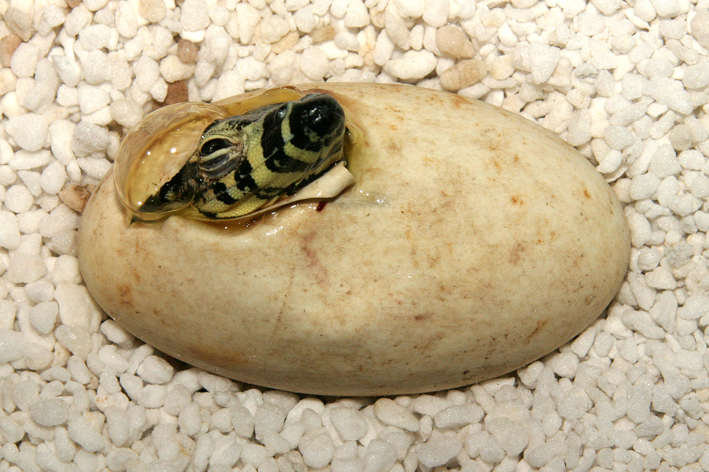
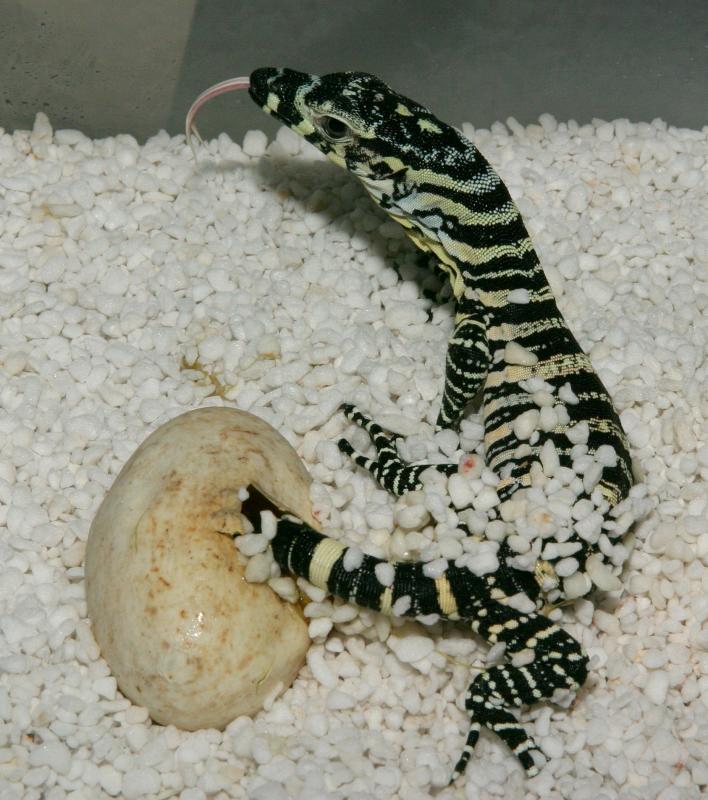
You can see the egg tooth on these.
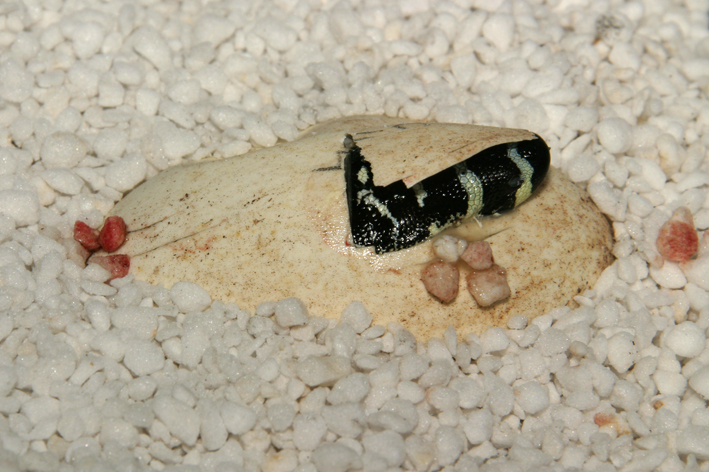
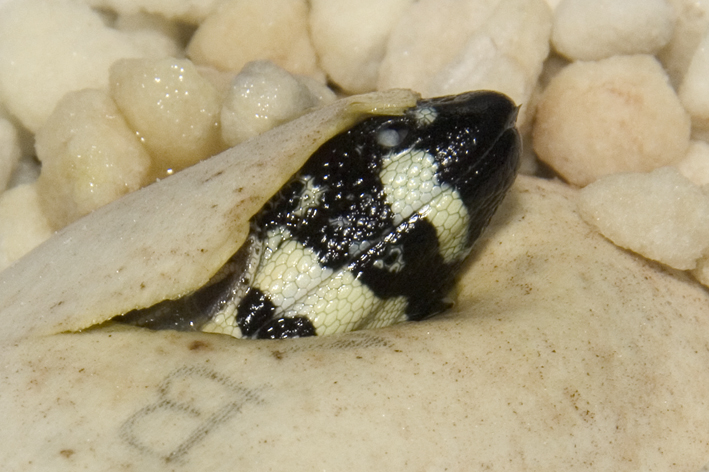
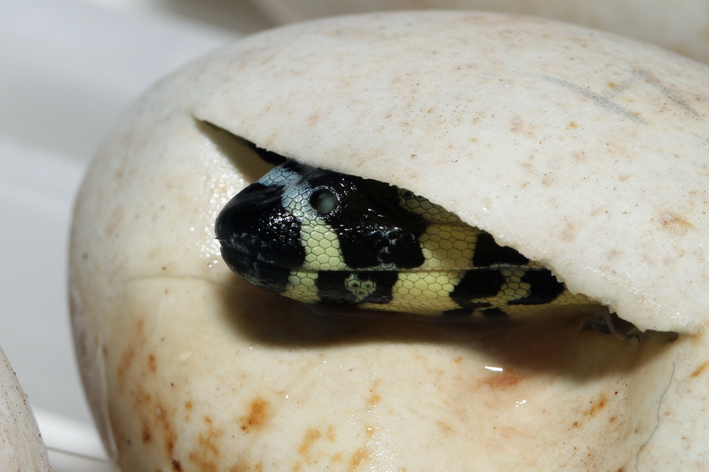
wrong way, go back!
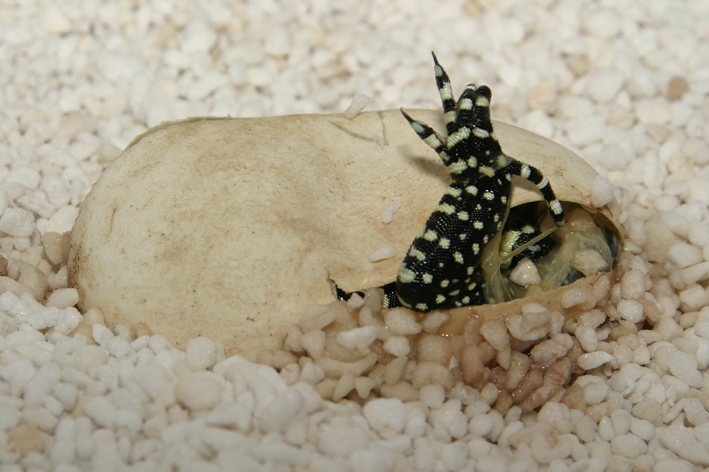
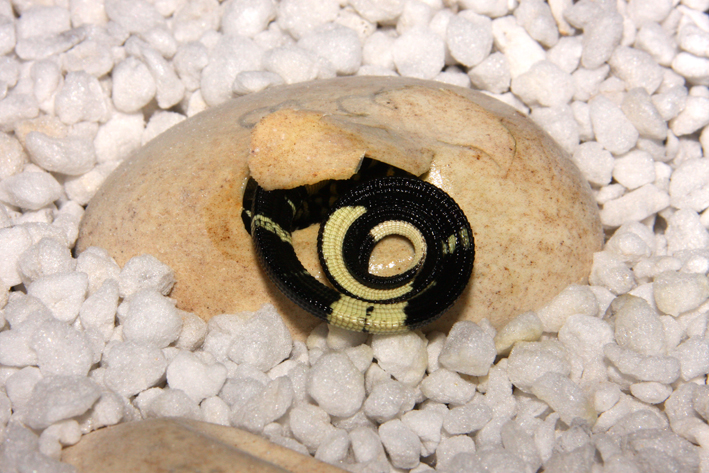
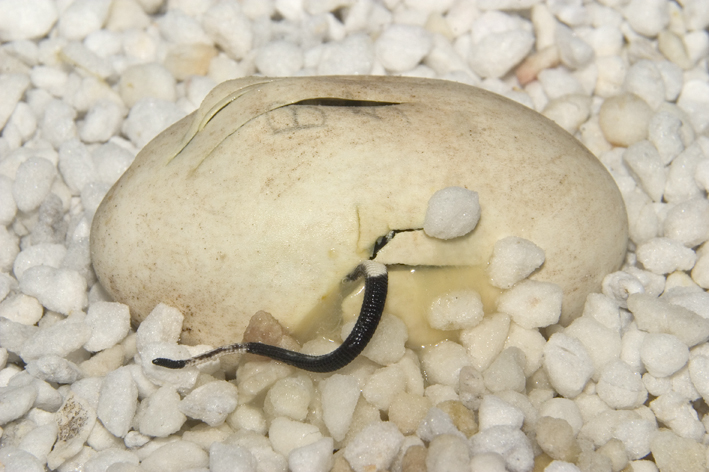
Often they slice the egg to ribbons before emerging, but every now and then one tries to squeeze out of the tiny slit through which they originally pipped. They make it, but it doesn't look like much fun.
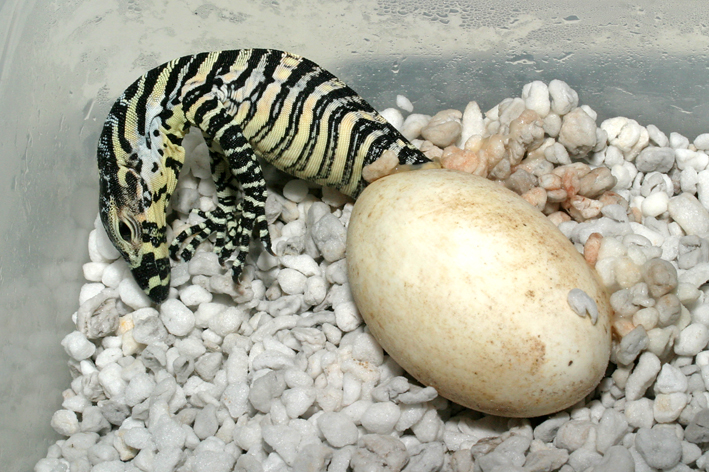
The sensible way

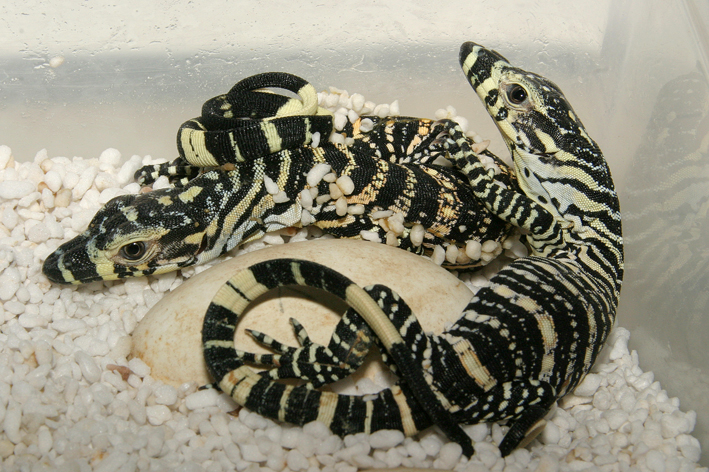
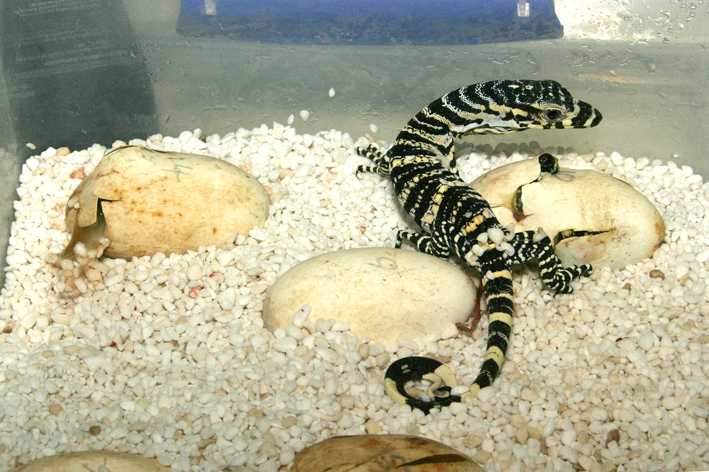
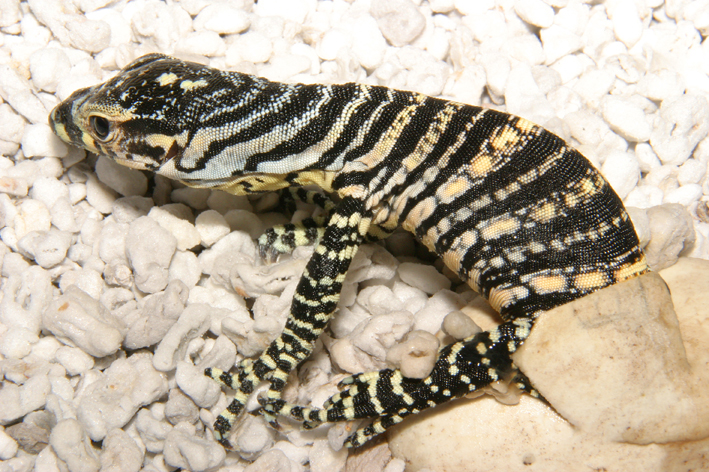
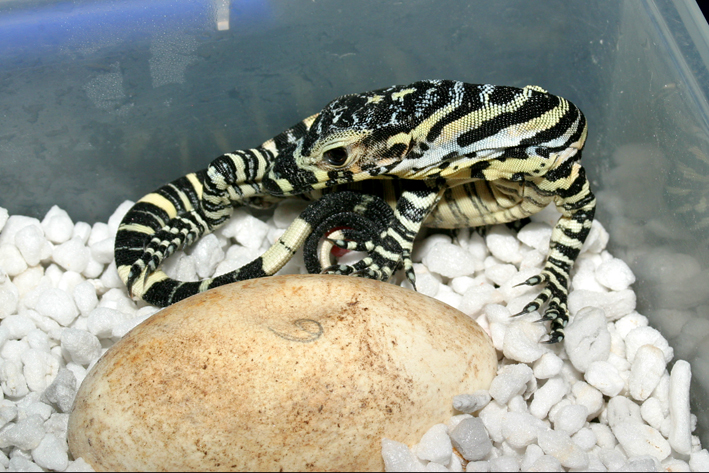
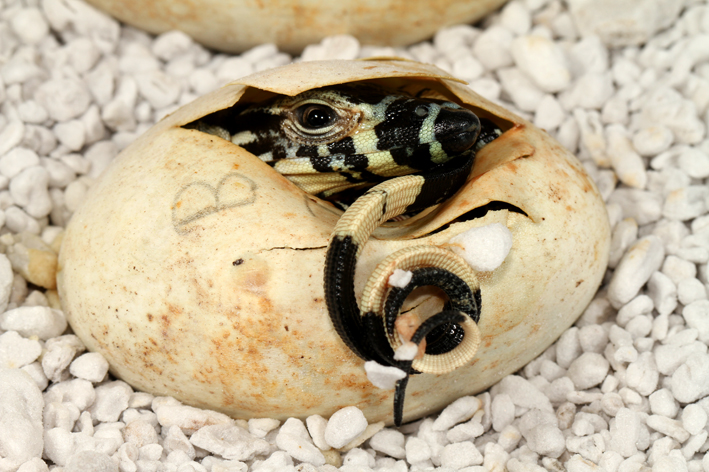

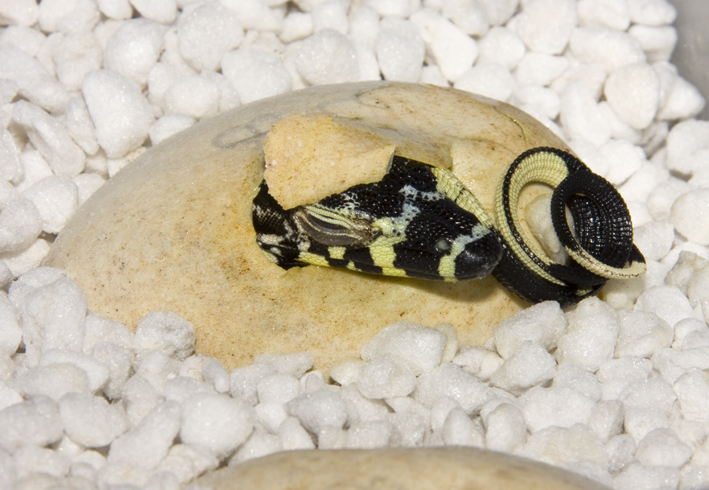
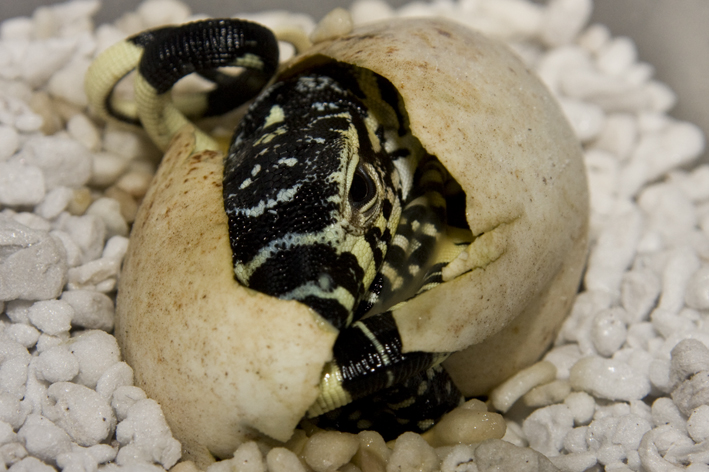
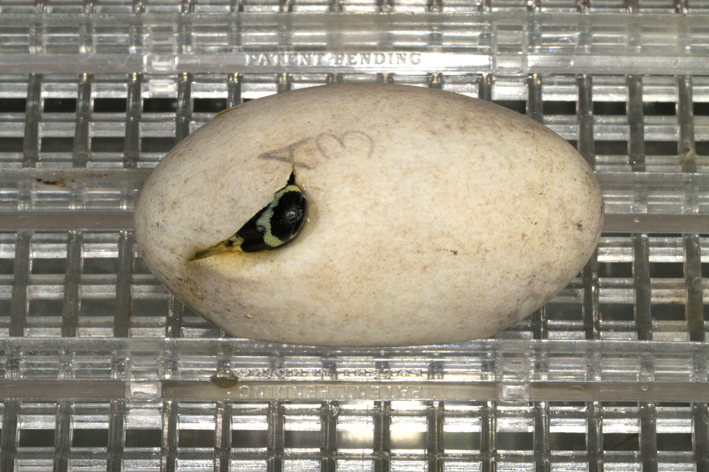
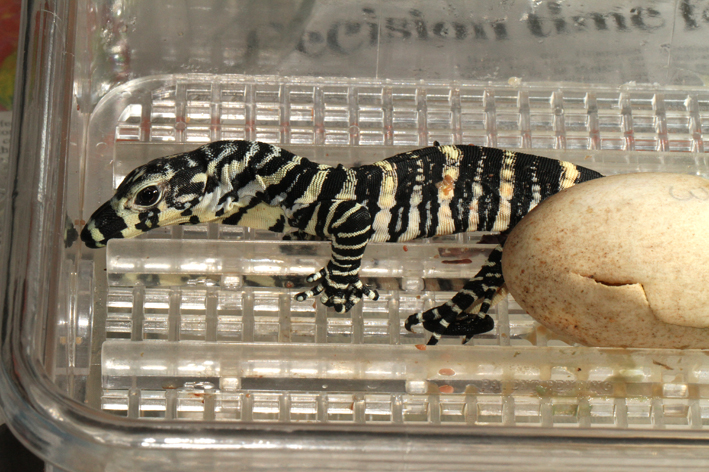
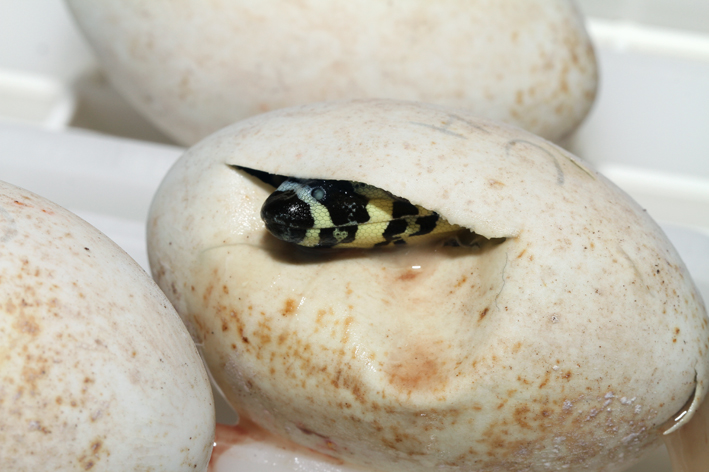
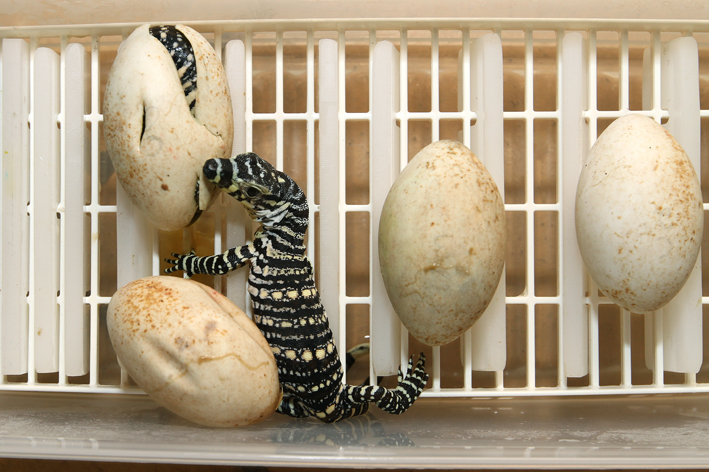
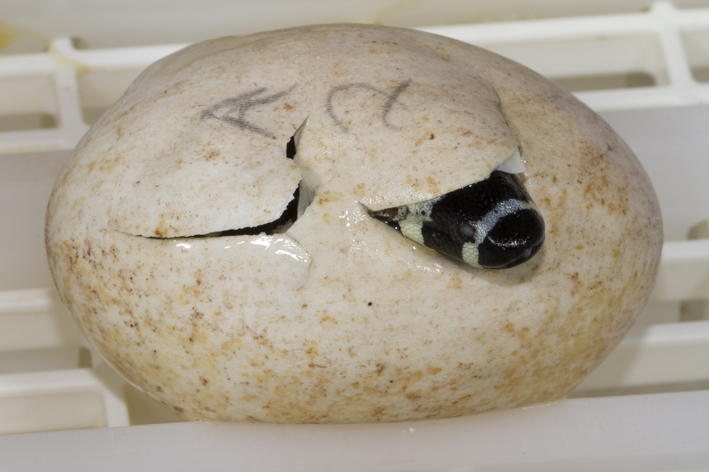
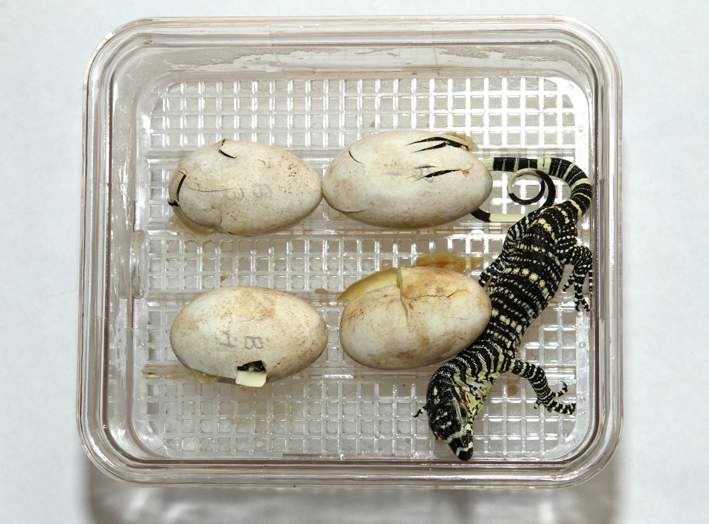
[ Reply To This Message ] [ Subscribe to this Thread ] [ Show Entire Thread ]
|



